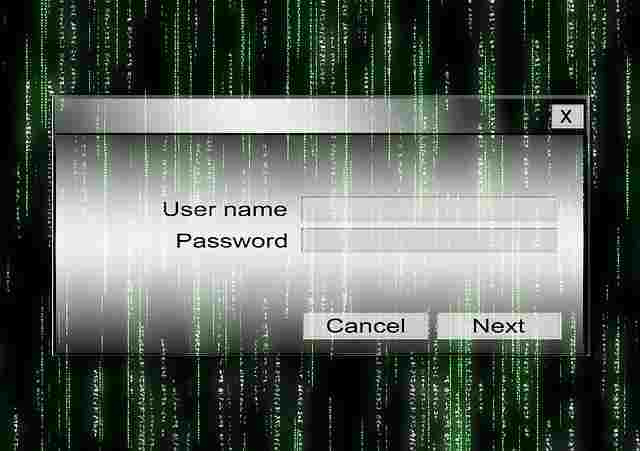Patient privacy is a major concern for healthcare organizations today. With rising cyber threats and data breaches, safeguarding sensitive patient information is more critical than ever. This is where data masking comes in. It is an effective option for safeguarding sensitive information, guaranteeing compliance, and fostering patient trust.
In this blog let’s delve into the advantages and implementation of data masking in changing healthcare data security.
The imperative need for Data Masking in Healthcare
In recent years, healthcare data breaches exposing patient records have become increasingly common. According to the HIPAA Journal, there were 450 reported healthcare data breaches in 2019, exposing millions of patient records.
Such breaches not only violate patient privacy but also damage the reputation and finances of healthcare organizations. The average cost of a healthcare data breach is $7.13 million according to IBM’s Cost of a Data Breach Report 2020.
With hybrid healthcare becoming more prevalent after the pandemic, risks are multiplying as more devices and connections get added to healthcare networks. This necessitates robust data security measures like data masking.
Data masking ensures privacy compliance. HIPAA and other regulations mandate healthcare organizations to protect patient privacy. Violations can lead to heavy penalties and the loss of patient trust. Data masking techniques like encryption, tokenization, scrambling, and redaction can enable compliance by removing personally identifiable information from datasets.
Understanding Data Masking and How it Works
But first do you know, what is data masking? Data masking refers to obscuring or masking sensitive information in a database or application to reduce privacy risks during operations like development, testing, support and analytics. The original data is left untouched.
Different types of data masking techniques
Static data masking: Static data masking is the process of permanently masking data taken from a production database, thereby increasing security by replacing critical information with fake or scrambled values. This technique protects confidential data during testing, analysis, or dissemination while preserving the dataset’s structure and linkages. Static data masking adds greatly to data privacy and regulatory compliance by keeping sensitive information hidden.
Dynamic data masking: Dynamic data masking protects data in real time by masking information when it is accessed, allowing authorized users to view genuine data while hiding sensitive details. This strategy ensures that only those with the necessary permissions have access to secret information, reducing the danger of unauthorized disclosure. Dynamic data masking is a useful tool for protecting data privacy while allowing valid data usage in a variety of applications.
On-the-fly data masking: On-the-fly data masking provides real-time dynamic masking when data is queried from the database, removing the requirement for persistent masking within the database. This technique ensures that sensitive information is hidden on a per-query basis, allowing authorized users access while maintaining data integrity and security. On-the-fly data masking provides a flexible method of protecting data privacy without modifying the underlying dataset.
Data masking is implemented via tools that can automate masking sensitive columns or fields using methods like encryption, tokenization, shuffling, masking, nulling out and flagging.
How Data Masking Enables HIPAA Compliance
Data masking is crucial for complying with regulations like HIPAA and avoiding violations.
Protecting PHI as per HIPAA Safeguards – HIPAA mandates administrative, physical and technical safeguards for protecting patient health information (PHI). Data masking offers a proactive technical safeguard.
Avoiding penalties – HIPAA violations can attract civil monetary penalties of $100 to $50,000 per violation, up to an annual maximum of $1.5 million. Data masking can prevent exposure of PHI thereby avoiding penalties.
Enabling data use and disclosure – HIPAA permits use and disclosure of health data for various secondary purposes like testing, research and public health. Data masking facilitates such use by de-identifying PHI.
Implementing Data Masking: A Step-by-Step Guide
Follow these key steps for successfully implementing data masking:
Inventory PHI – Catalog all PHI data like patient names, SSNs, addresses etc. This aids in choosing masking techniques.
Identify use cases – Determine masking needs for various data users like developers, analysts, auditors, staff etc. This drives your masking approach.
Select masking techniques – Choose appropriate PHI masking techniques based on data types, use cases, reversibility needs etc. Encryption and tokenization are common for securing sensitive data like SSNs.
Test masking impact – Test masking on a copy of the production database to ensure no loss of data integrity. Tune the masking to perfection.
Define access controls – Not everyone may need to view actual data. Define access controls to grant data visibility according to roles.
Mask data – Use data masking tools to systematically mask PHI across production and non-production databases and backups.
Monitor and audit – Periodically audit masking effectiveness. Watch for breaches or gaps. Update masking to address emerging risks.
Case Studies: Data Masking Success Stories
Hospital masks patient data, gains flexibility – A hospital implementing a new EMR application used data masking to anonymize patient data for development. This enabled flexible data provisioning while ensuring HIPAA compliance.
Clinic secures data and expands access – A healthcare clinic masked patient data to enable access to more personnel for functions like business analytics without exposing PHI. Data security improved while data usability grew.
Payer masks data, cuts compliance costs – A health insurance provider used data masking to pseudonymize member data for new app testing. This reduced their compliance costs by over 75% as they bypassed some audit requirements.
The Future of Data Masking in Healthcare
Data masking is growing more advanced to keep up with emerging data security needs.
Integrating machine learning and AI – ML and AI are enabling more intelligent context-aware data masking that preserves data utility better for analytics use cases.
New data types and use cases – Increasing adoption of IoT, remote patient monitoring, big data analytics etc. will drive new data masking capabilities for securing new data types like real-time telemetry.
Masking interoperability – Data masking tools will need to be interoperable with emerging apps and platforms like FHIR and cloud analytics.
While offering big benefits, these trends could also pose new challenges for data masking. Healthcare organizations must stay vigilant and continually update their data security stack including data masking to stay compliant and ensure patient privacy.
FAQs
-
What are some key challenges in implementing data masking?
– Identifying all PHI in diverse systems
– Choosing appropriate masking techniques
– Masking efficiently at scale
– Handling masking in newer environments like IoT, big data etc.
– Budgeting for data masking tools -
How does data masking work with encryption and access controls?
Data masking provides additional PHI protection while encryption secures data at rest or in transit. Access controls grant data visibility based on roles. Together, they provide an extra layer of defense.
-
Can masked data be unmasked?
Some masking like encryption is irreversible. But techniques like tokenization can allow authorized re-identification. Proper key management is crucial to prevent unauthorized unmasking.
Conclusion
Data masking is critical for healthcare organizations to protect patient privacy in today’s complex, data-driven healthcare environment. By implementing systematic, scalable data masking powered by robust tools and techniques, healthcare organizations can fully harness data’s benefits while mitigating compliance and security risks and costs. A multi-layered approach using data masking, encryption and access controls is key to future-proof data privacy and security for the healthcare sector.



